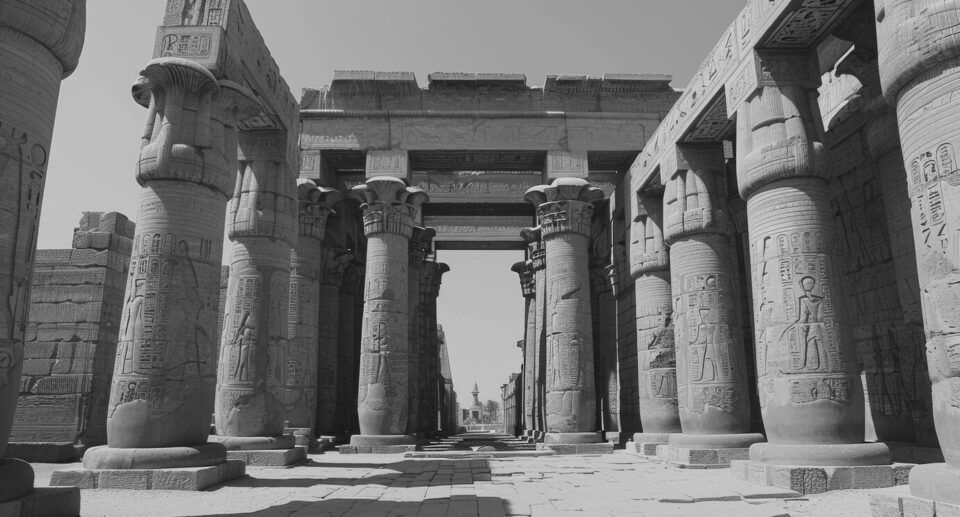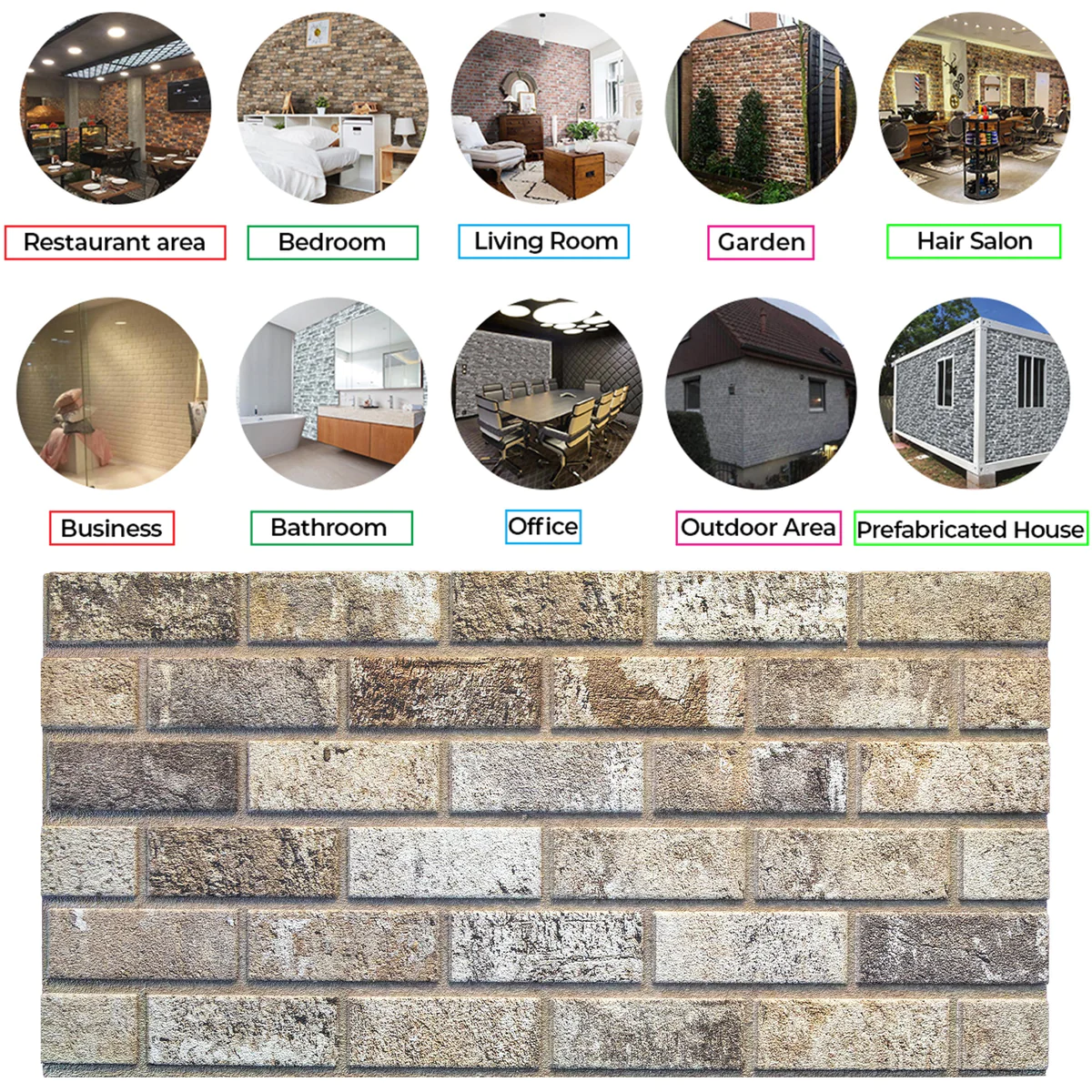The Evolution of Architecture: How Architecture Evolved From Shelters to Skyscrapers

Imagine stepping through history, not through dusty museums, but by walking the streets of bygone eras. The buildings around you would tell the story. From simple mud huts to the steel giants that pierce the clouds today, architecture is a fascinating journey that reflects the changing needs and aspirations of humanity. Let’s take a whistle-stop tour of this remarkable evolution!
Humble Beginnings: Sheltering Ourselves
Our story starts in prehistoric times. Early humans weren’t exactly building with blueprints. Their dwellings were about survival: using available materials like wood, skins, and mud to create basic shelters from the elements. Yet, there was ingenuity at play. Cave paintings in France suggest these early structures might have even served as social spaces.
Rise of Civilizations, Rise of Monuments
Fast forward a few thousand years, and with the rise of civilizations, grander structures emerged. The Egyptians built pyramids as tombs for pharaohs, showcasing their understanding of engineering and a desire to connect with the divine. In Mesopotamia, ziggurats, massive stepped pyramids, dominated cityscapes, serving as religious centers that reached for the heavens.
The Pillars of Beauty: Greece and Rome
Ancient Greece and Rome introduced a new concept: aesthetics. Greek temples, like the Parthenon, were celebrations of harmony and proportion, with their iconic columns and emphasis on symmetry. The Romans, meanwhile, were the engineers, excelling in arches, vaults, and domes. The Colosseum and the Pantheon stand as testaments to their structural brilliance.
Medieval Marvels: Reaching for the Sky
The Middle Ages saw a shift in focus. With the rise of Christianity, towering cathedrals dominated European cityscapes. These Gothic structures, with their pointed arches, stained glass windows, and intricate carvings, were designed to inspire awe and reverence.
A Classical Revival: The Renaissance
The Renaissance was a period of rediscovering the beauty of classical Greece and Rome. Architects drew inspiration from these ancient structures, creating buildings with a renewed focus on balance, proportion, and symmetry. The dome of the Florence Cathedral and the architectural elegance of the Palace of Versailles are prime examples.
Beyond the Familiar: The Modern World
The arrival of the modern era brought a revolution in design. Architects like Frank Lloyd Wright and Le Corbusier championed a break from historical styles. Their focus? Functionality, simplicity, and embracing new materials like steel and glass. Skyscrapers pierced the sky, and clean lines replaced ornate decorations.
The Future: Sustainable Skylines
Today, architecture continues to evolve. As we grapple with climate change, sustainable design is at the forefront. Buildings are being constructed with eco-friendly materials, incorporating natural lighting and ventilation, and striving to minimize their environmental impact.
So, the next time you look up at a towering skyscraper or marvel at a historical monument, remember – it’s not just brick and mortar. It’s a testament to the ingenuity, the changing needs, and the soaring aspirations of humanity across millennia.










